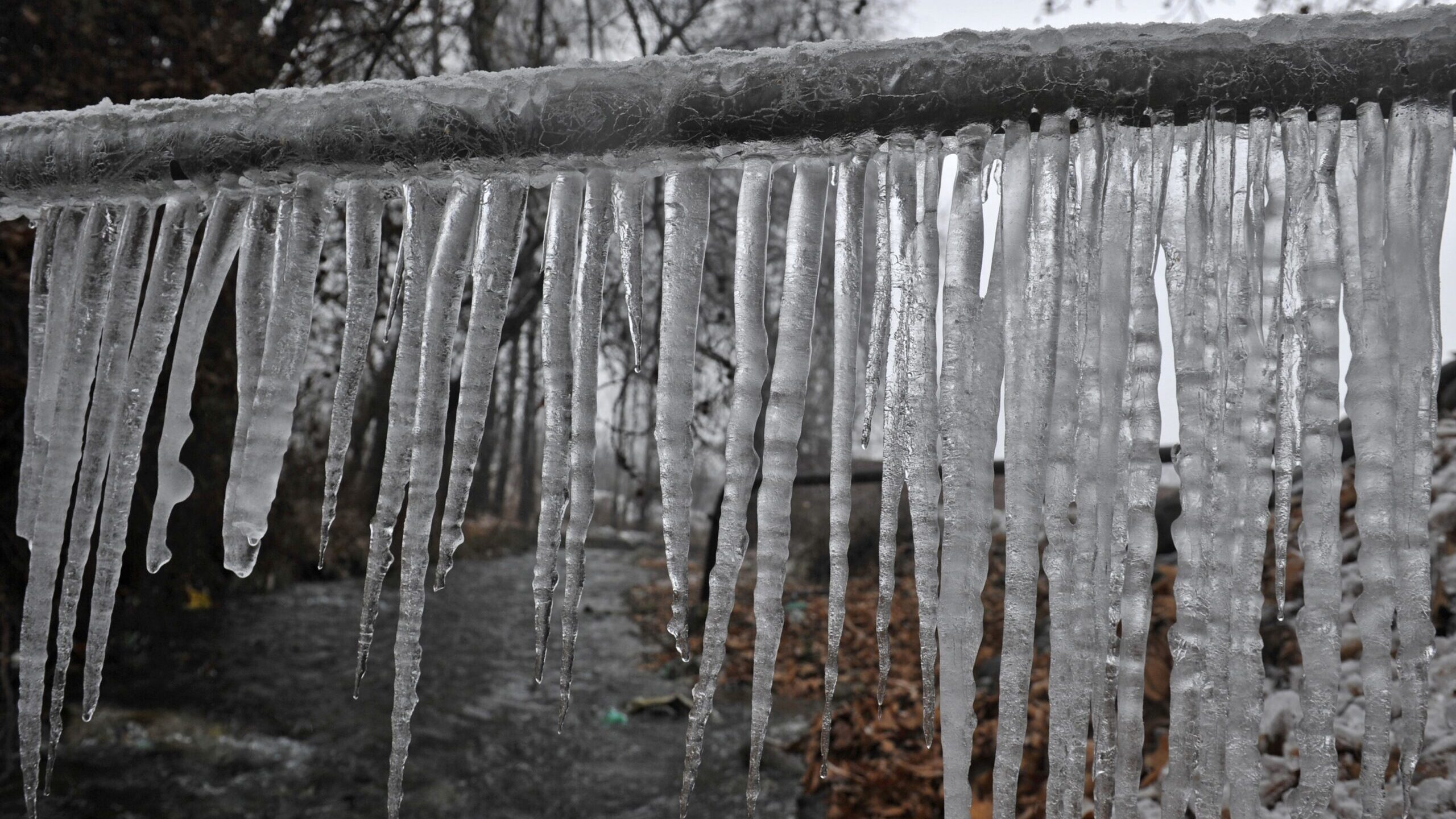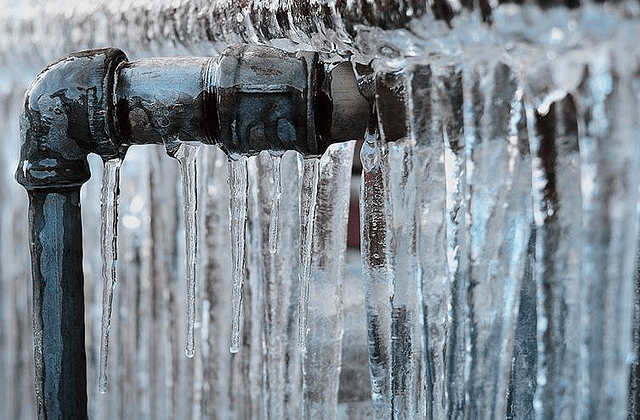Essential Strategies for Avoiding Frozen Plumbing in Cold Weather
Essential Strategies for Avoiding Frozen Plumbing in Cold Weather
Blog Article
Were you trying to find resources on Preventing and dealing with frozen pipes?

Cold weather can wreak havoc on your plumbing, particularly by freezing pipes. Here's how to prevent it from happening and what to do if it does.
Intro
As temperature levels decrease, the danger of frozen pipes rises, possibly bring about pricey repair services and water damage. Understanding just how to avoid frozen pipelines is vital for property owners in cold environments.
Understanding Icy Pipes
What creates pipes to ice up?
Pipes freeze when revealed to temperatures listed below 32 ° F (0 ° C) for extended durations. As water inside the pipelines ices up, it broadens, taxing the pipe walls and possibly causing them to rupture.
Dangers and problems
Icy pipes can lead to supply of water disruptions, residential property damages, and expensive repair work. Burst pipes can flood homes and create extensive structural damages.
Signs of Frozen Pipes
Recognizing icy pipelines early can avoid them from rupturing.
How to determine icy pipes
Seek decreased water circulation from faucets, uncommon odors or noises from pipelines, and noticeable frost on exposed pipelines.
Avoidance Tips
Insulating susceptible pipelines
Cover pipelines in insulation sleeves or use warm tape to secure them from freezing temperature levels. Concentrate on pipelines in unheated or outside areas of the home.
Home heating methods
Keep indoor rooms adequately warmed, particularly locations with plumbing. Open closet doors to enable cozy air to distribute around pipelines under sinks.
Safeguarding Outside Pipes
Garden hose pipes and exterior faucets
Detach and drain pipes garden hose pipes prior to winter. Set up frost-proof faucets or cover outdoor taps with insulated caps.
What to Do If Your Pipelines Freeze
Immediate activities to take
If you suspect frozen pipes, keep faucets available to soothe pressure as the ice melts. Utilize a hairdryer or towels soaked in hot water to thaw pipes slowly.
Long-Term Solutions
Structural modifications
Think about rerouting pipelines far from outside walls or unheated areas. Include additional insulation to attics, basements, and crawl spaces.
Upgrading insulation
Purchase top quality insulation for pipes, attics, and wall surfaces. Proper insulation assists preserve regular temperature levels and lowers the risk of icy pipes.
Verdict
Stopping frozen pipelines requires positive actions and quick feedbacks. By comprehending the reasons, signs, and preventive measures, home owners can protect their plumbing throughout winter.
5 Ways to Prevent Frozen Pipes
Drain Outdoor Faucets and Disconnect Hoses
First, close the shut-off valve that controls the flow of water in the pipe to your outdoor faucet. Then, head outside to disconnect and drain your hose and open the outdoor faucet to allow the water to completely drain out of the line. Turn off the faucet when done. Finally, head back to the shut-off valve and drain the remaining water inside the pipe into a bucket or container. Additionally, if you have a home irrigation system, you should consider hiring an expert to clear the system of water each year.
Insulate Pipes
One of the best and most cost-effective methods for preventing frozen water pipes is to wrap your pipes with insulation. This is especially important for areas in your home that aren’t exposed to heat, such as an attic. We suggest using foam sleeves, which can typically be found at your local hardware store.
Keep Heat Running at 65
Your pipes are located inside your walls, and the temperature there is much colder than the rest of the house. To prevent your pipes from freezing, The Insurance Information Institute suggests that you keep your home heated to at least 65 degrees, even when traveling. You may want to invest in smart devices that can keep an eye on the temperature in your home while you’re away.
Leave Water Dripping
Moving water — even a small trickle — can prevent ice from forming inside your pipes. When freezing temps are imminent, start a drip of water from all faucets that serve exposed pipes. Leaving a few faucets running will also help relieve pressure inside the pipes and help prevent a rupture if the water inside freezes.
Open Cupboard Doors
Warm your kitchen and bathroom pipes by opening cupboards and vanities. You should also leave your interior doors ajar to help warm air circulate evenly throughout your home.

I came across that page on How to prepare your home plumbing for winter weather when doing research the internet. Sharing is good. Helping others is fun. Thank you so much for going through it.
Call Today Report this page